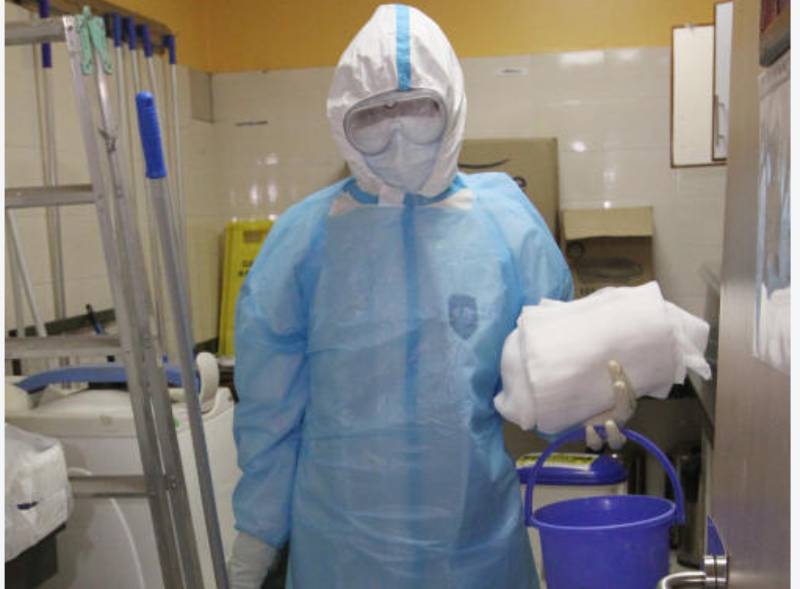×
The Standard e-Paper
Truth Without Fear

On the frontline of the fight against coronavirus are medics and clinical staff who receive recognition for good work.
However, little is said about other frontline hospital staff who ensure that the cogs in the wheels of clinical treatment move.